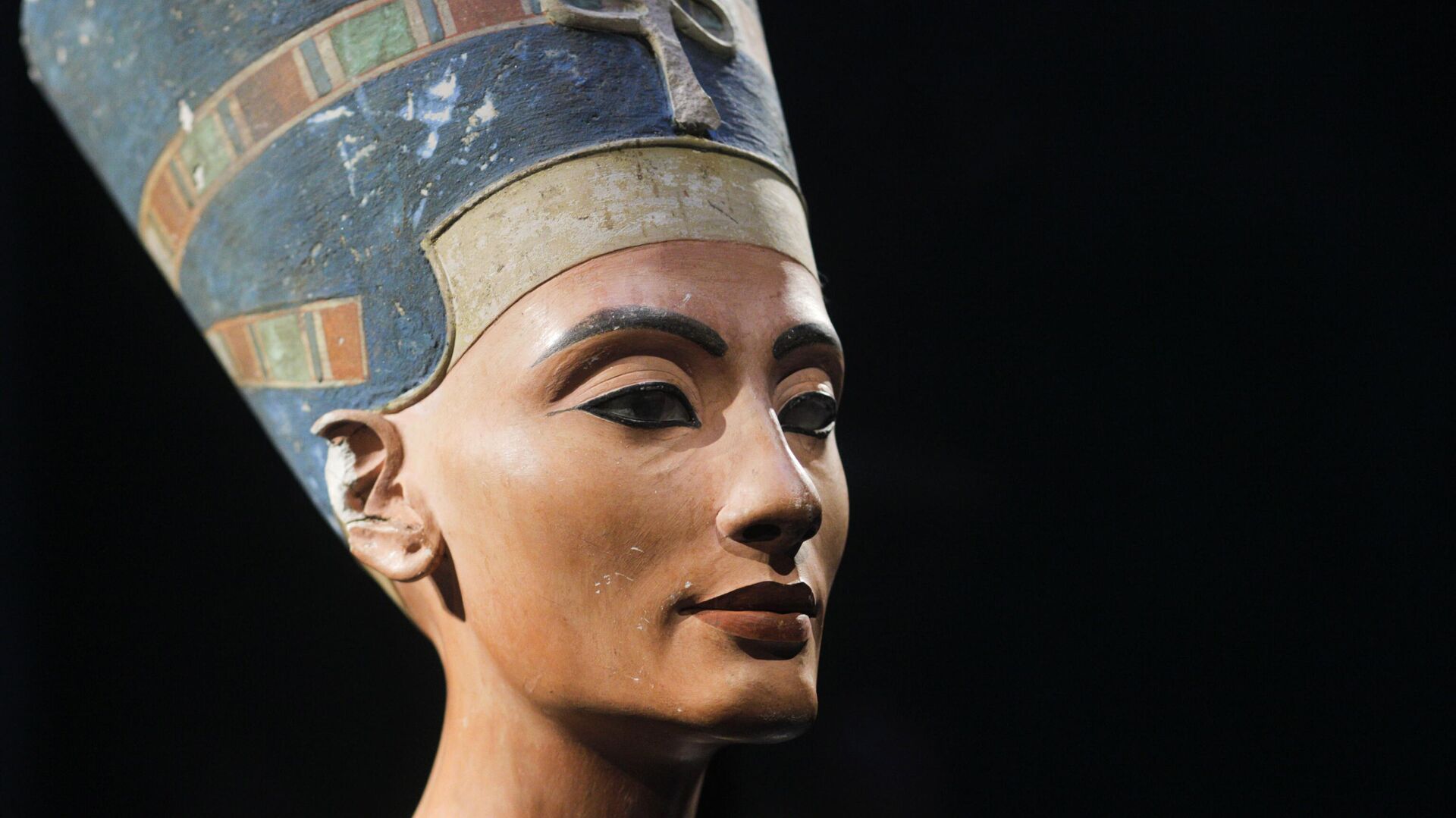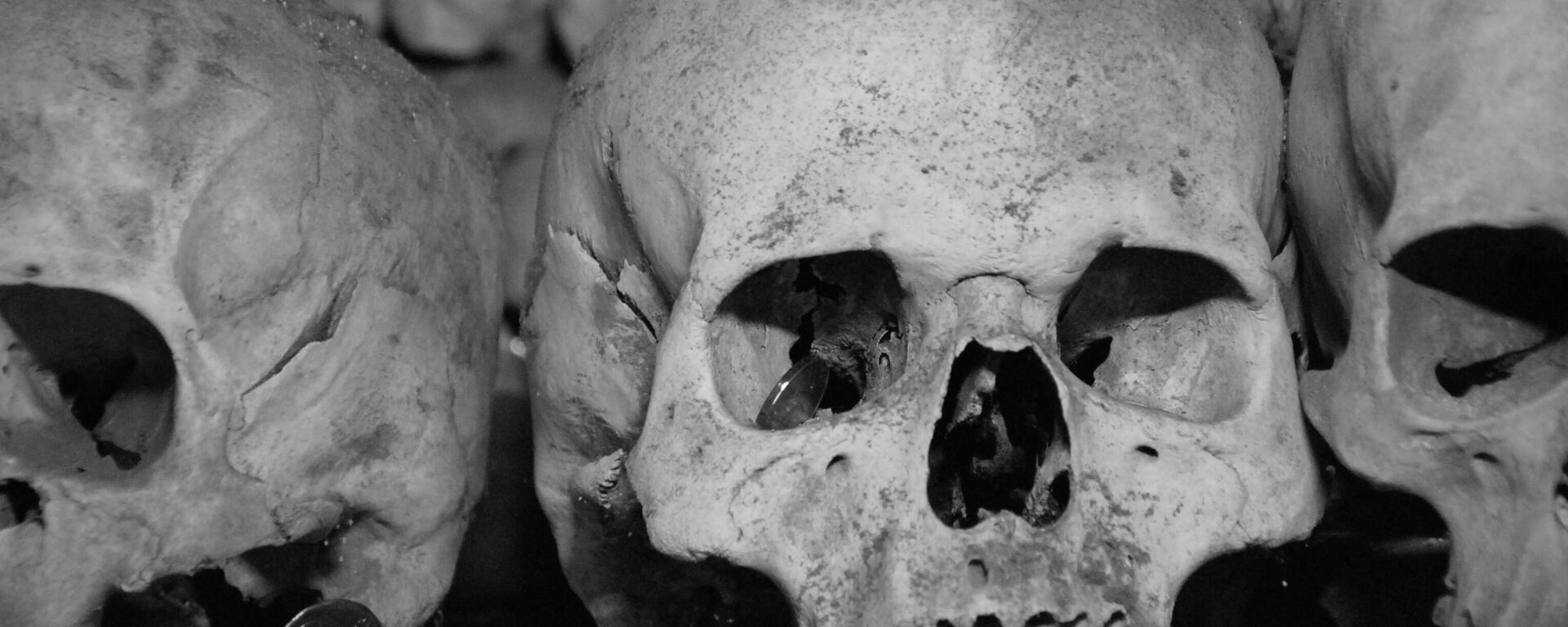https://en.sputniknews.africa/20240908/egyptian-archaeologist-zahi-hawass-calls-for-return-of-nefertiti-bust-from-berlin-1068204326.html
Egyptian Archaeologist Zahi Hawass Calls for Return of Nefertiti Bust From Berlin
Egyptian Archaeologist Zahi Hawass Calls for Return of Nefertiti Bust From Berlin
Sputnik Africa
Queen Nefertiti was an ancient Egyptian queen renowned for her beauty and influence. She was the wife of Pharaoh Akhenaten and played a significant role during... 08.09.2024, Sputnik Africa
2024-09-08T19:05+0200
2024-09-08T19:05+0200
2024-09-08T19:05+0200
egypt
germany
ancient egypt
north africa
artifact
culture
paris
europe
history
https://cdn1.img.sputniknews.africa/img/07e8/09/08/1068204418_0:161:3071:1888_1920x0_80_0_0_7baff339c6f93502c0c02bfe35192640.jpg
Prominent Egyptian archaeologist and former antiquities minister, Zahi Hawass, has launched a campaign demanding the return of the iconic bust of Queen Nefertiti, who lived in 14th century BC, currently housed at the Neues Museum in Berlin, to its homeland in Egypt.Hawass, who has long been a vocal advocate for the repatriation of Egyptian artifacts, argued that the bust was removed from Egypt illegally and should be returned to its place of origin. He encouraged people worldwide to visit his website and sign the petition, underscoring the importance of international support in this effort.In addition to the Nefertiti bust, the petition also seeks the return of two other significant artifacts: the Rosetta Stone, currently in the British Museum, and the Dendera Zodiac, displayed in the Louvre Museum in Paris. Hawass clarified that his campaign targets only artifacts that were taken out of Egypt under questionable circumstances, distinguishing them from those legally exported.Officials at Berlin’s Neues Museum, where the Nefertiti bust has been displayed since its return to Germany in 1913, have yet to comment on Hawass’s petition. The museum has previously defended its right to retain the bust, arguing that its acquisition was legal under the agreements in place at the time of its discovery.
https://en.sputniknews.africa/20240502/british-auction-house-withdraws-18-ancient-egyptian-skulls-from-sale-after-criticism-1066333333.html
egypt
germany
ancient egypt
north africa
paris
europe
Sputnik Africa
feedback@sputniknews.com
+74956456601
MIA „Rossiya Segodnya“
2024
Christina Glazkova
https://cdn1.img.sputniknews.africa/img/07e7/0b/07/1063380906_0:0:673:674_100x100_80_0_0_79628b4d0cd9f29291a57aa13bbf9e7a.jpg
Christina Glazkova
https://cdn1.img.sputniknews.africa/img/07e7/0b/07/1063380906_0:0:673:674_100x100_80_0_0_79628b4d0cd9f29291a57aa13bbf9e7a.jpg
News
en_EN
Sputnik Africa
feedback@sputniknews.com
+74956456601
MIA „Rossiya Segodnya“
Sputnik Africa
feedback@sputniknews.com
+74956456601
MIA „Rossiya Segodnya“
Christina Glazkova
https://cdn1.img.sputniknews.africa/img/07e7/0b/07/1063380906_0:0:673:674_100x100_80_0_0_79628b4d0cd9f29291a57aa13bbf9e7a.jpg
egypt, germany, ancient egypt, north africa, artifact, culture, paris, europe, history
egypt, germany, ancient egypt, north africa, artifact, culture, paris, europe, history
Egyptian Archaeologist Zahi Hawass Calls for Return of Nefertiti Bust From Berlin
Christina Glazkova
Writer / Editor
Queen Nefertiti was an ancient Egyptian queen renowned for her beauty and influence. She was the wife of Pharaoh Akhenaten and played a significant role during a period of religious transformation, promoting the worship of the god Aten. Her famous painted limestone bust, discovered in 1912, is one of the most iconic symbols of ancient Egyptian art.



